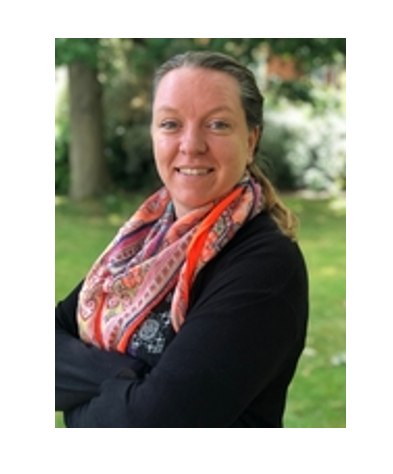Refugee resilience in the face of COVID-19
Martina Crailsheim, Director of Saving Group Linkage at VisionFund International reports positive repayment rates from Savings Groups in refugee contexts, amidst COVID-19.
When the COVID-19 pandemic came to Uganda, restrictions on movement, business and many other areas of public life became strict. In the refugee camps in Northern Uganda, VisionFund staff became concerned that their vulnerable South Sudanese refugee clients would experience significant difficulties maintaining their livelihoods during and after these restrictions, knowing that these clients are already some of our most at-risk across our 28-country Network.
However, a recent survey of our refugee clients has demonstrated their astonishing resilience, and their capacity to meet financial commitments has exceeded VisionFund’s expectations given the severe lockdown most experienced in 2020.
For the last two years VisionFund Uganda has been working with existing Savings Groups in refugee camps and providing the whole group with small loans. By lending additional capital to these established groups, VisionFund is helping Savings Group members access extra funds for broader financial needs, and the group guarantees the loan together, reducing the risk for all parties.
Refugees have fewer options to relocate for work or look further afield for services than Ugandan nationals, and are dependent on the available financial services in their area. During the height of the pandemic, VisionFund staff feared that their refugee clients would have to drop out of their Savings Groups or be unable to meet loan repayments – signs that their livelihoods are less viable in the context of COVID-19 restrictions, and that family incomes are falling. For refugees, when a livelihood or business is compromised, it can be very difficult to recover given refugees’ limited ability to access services and markets.
To mitigate some of these effects, VisionFund staff – who are all from the local community, meaning that they were not subject to movement restrictions – made sure that they visited clients in a socially-distanced manner as frequently as possible to check in on their livelihoods and overall well-being. Staff also sent messages to clients encouraging them to keep up with their savings and even small loan repayments, as this would help their resilience in the long term.
Loan Repayment Rates
In January 2021, VisionFund Uganda completed its yearly reporting and looked closely at the loan repayment trends of different client groups throughout the pandemic. Of all VisionFund Uganda’s 29,258 clients across the whole of the country, Savings Groups in refugee contexts had the highest repayment rate by the end of the year: 94.2% of the groups were paying back their loans, compared to just 65% of Solidarity Groups. Savings Groups in refugee contexts also had the lowest late repayment rate – Portfolio at Risk (PAR) after one or 30 days – compared to any of the other clients served by VisionFund Uganda.
Savings Group Share Outs
Most impressively, the average share-out of the Savings Groups in refugee communities increased by 52% compared to the share-out prior to receiving the VisionFund loan. The share-out is the savings and interest paid on loans taken by group members that accumulates in the Savings Group cashbox over a period of 12 months, and is distributed to members in proportion to their “shares” in the cash box. By comparison, for World Vision’s Saving Groups that have not taken a loan from VisionFund, the typical share-out increase over one year is around 15-25%; while these are strong numbers, the Savings Groups in refugee communities have been able to double this average in a year of pandemic.
Increase in Savings Group members
In addition, the number of members in Savings Groups in refugee communities receiving loans from VisionFund quadrupled in size from 2,710 in January 2020 to 8,567 by the end of December, indicating that more and more established Savings Groups were in a strong position to borrow, despite the effects of lockdowns on the country as a whole.
VisionFund Uganda CEO Mercy Ainomugisha said that while she was surprised by the strength of the results, they strongly validated VisionFund Uganda’s approach to the Savings Group loans. “By working with well-established Savings Groups, we do see a solidarity and rapport between members that we don’t necessarily see in other, less established groups,” she said. “Members are visibly supporting each other and ensuring the group stays strong and accountable, helping more vulnerable members where they can, to stay engaged in the financial and savings process.”
The strong repayment rates will ensure that the Savings Groups will be able to borrow further from VisionFund in the future and will emerge from the pandemic in a strong financial position to further develop their livelihoods. Field officers in the communities will continue to monitor the groups and ensure that they are offered the right products and services as the country recovers from the effects of COVID-19.

Martina Crailsheim works for VisionFund International as Director for Saving Group Linkage. Being with both World Vision and VisionFund since 2006, Martina’s role is to link saving groups to financial services to increase financial inclusion and increase the livelihoods of vulnerable families. She has headed the refugee microfinance pilot in Uganda for the last two years where the Saving Group linkage product has been tested and refined. She now oversees its rollout across Africa. The Saving Group linkage loan aims to empower rural women through access to finance and capacity building, offering financial literacy training but also wider topics such as child protection and maternal health.